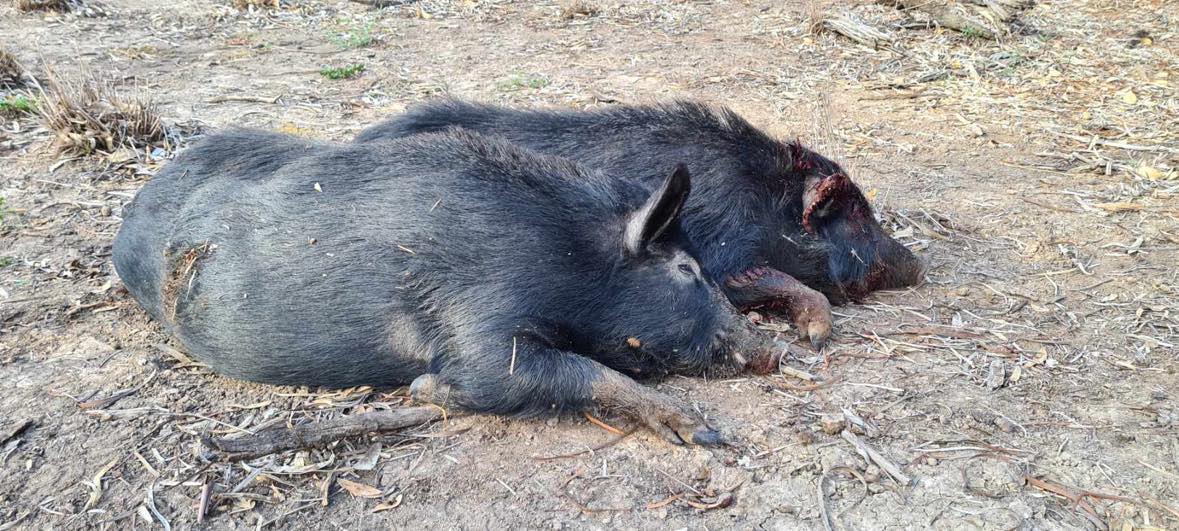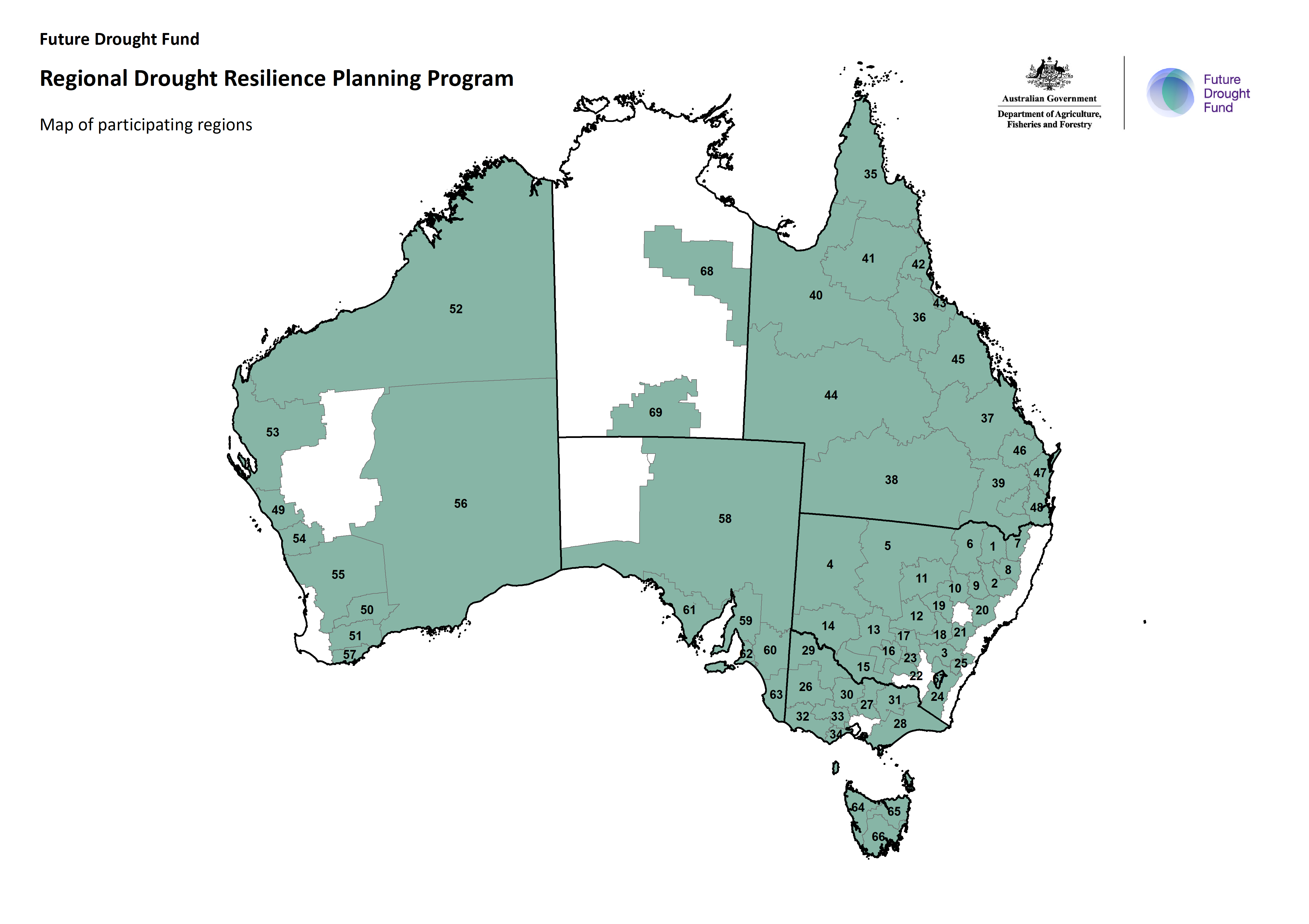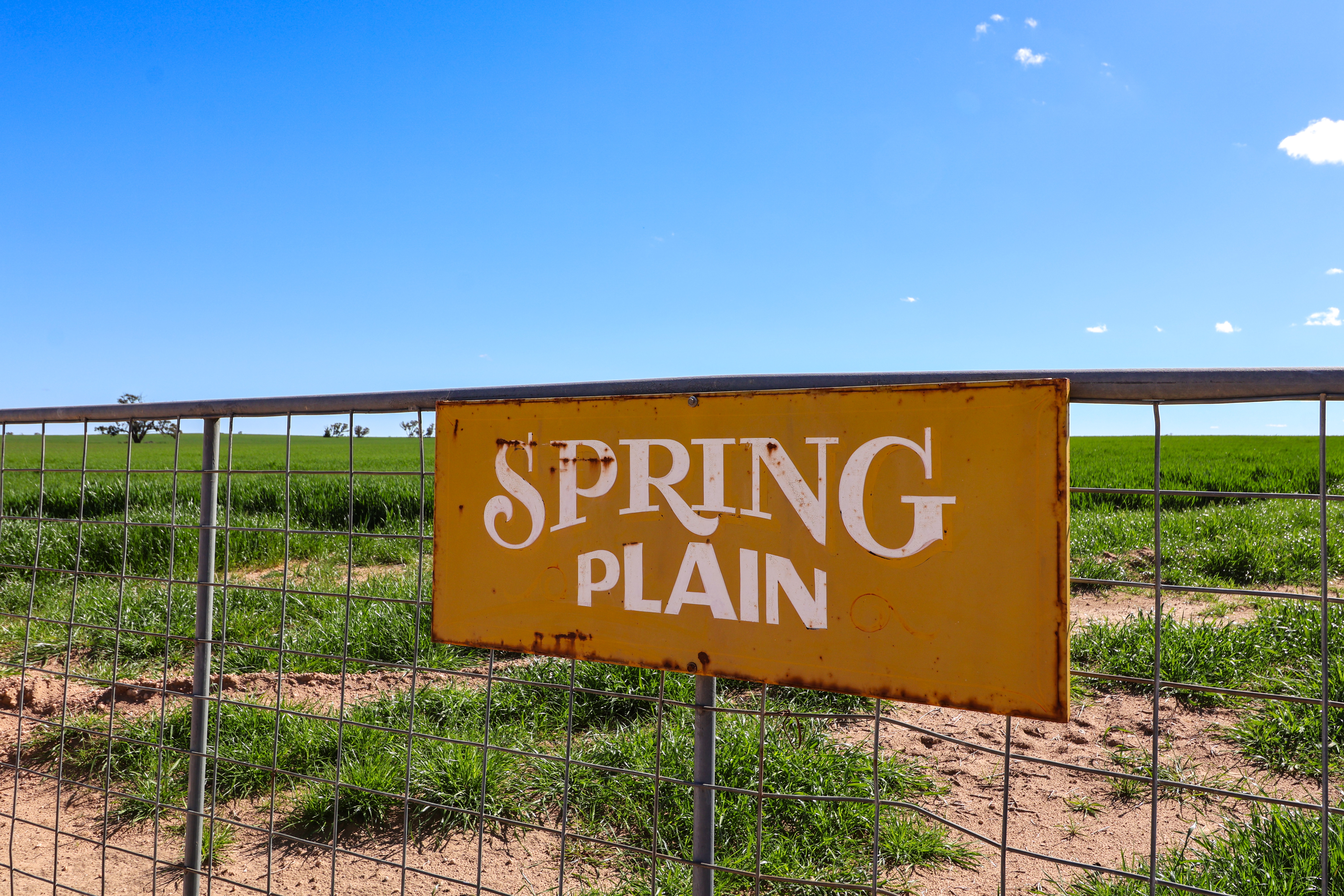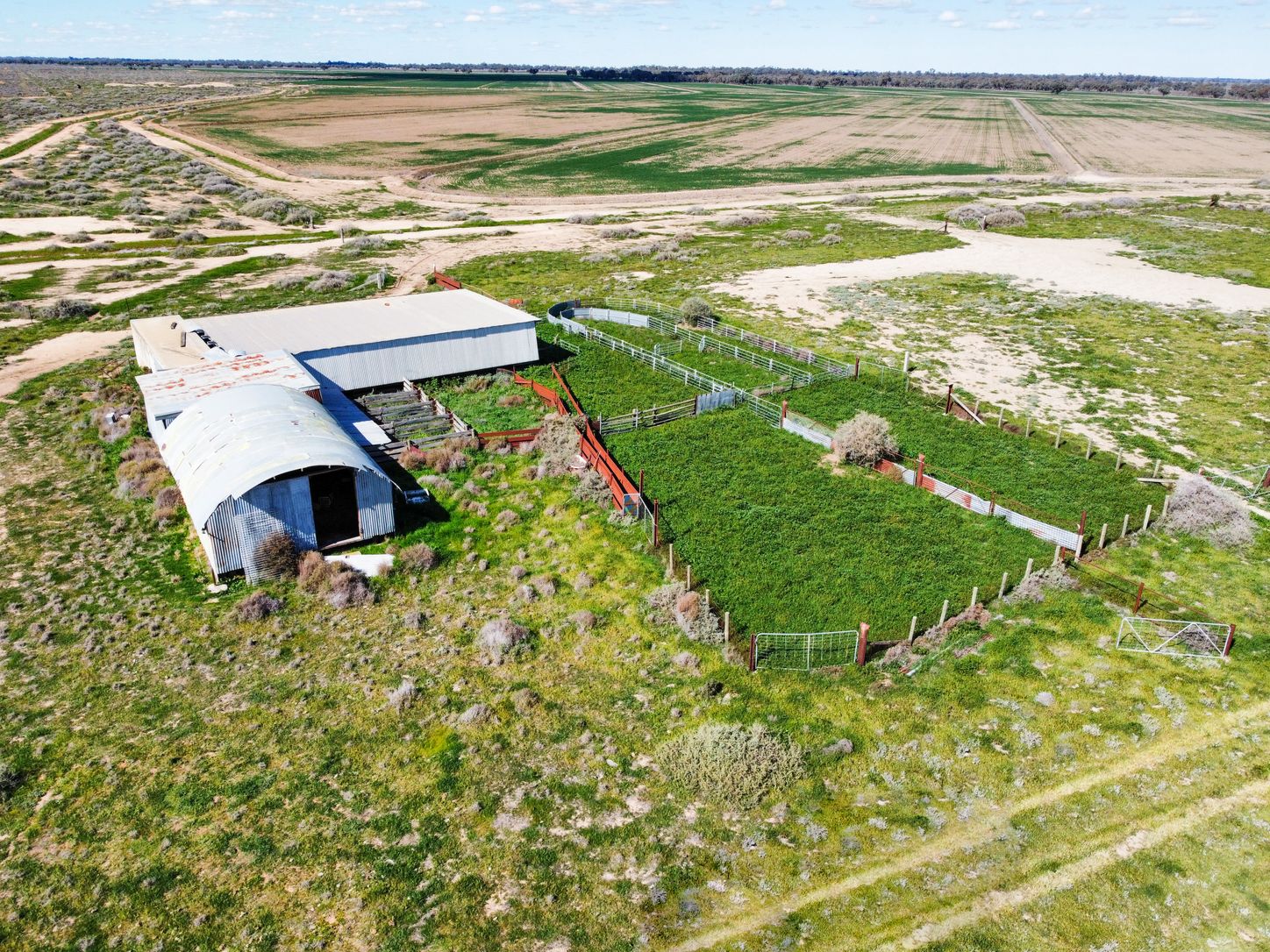MAJORITY OF NSW UNDER HARVEST FIRE WARNING
Kimberly Grabham
25 November 2025, 11:07 PM
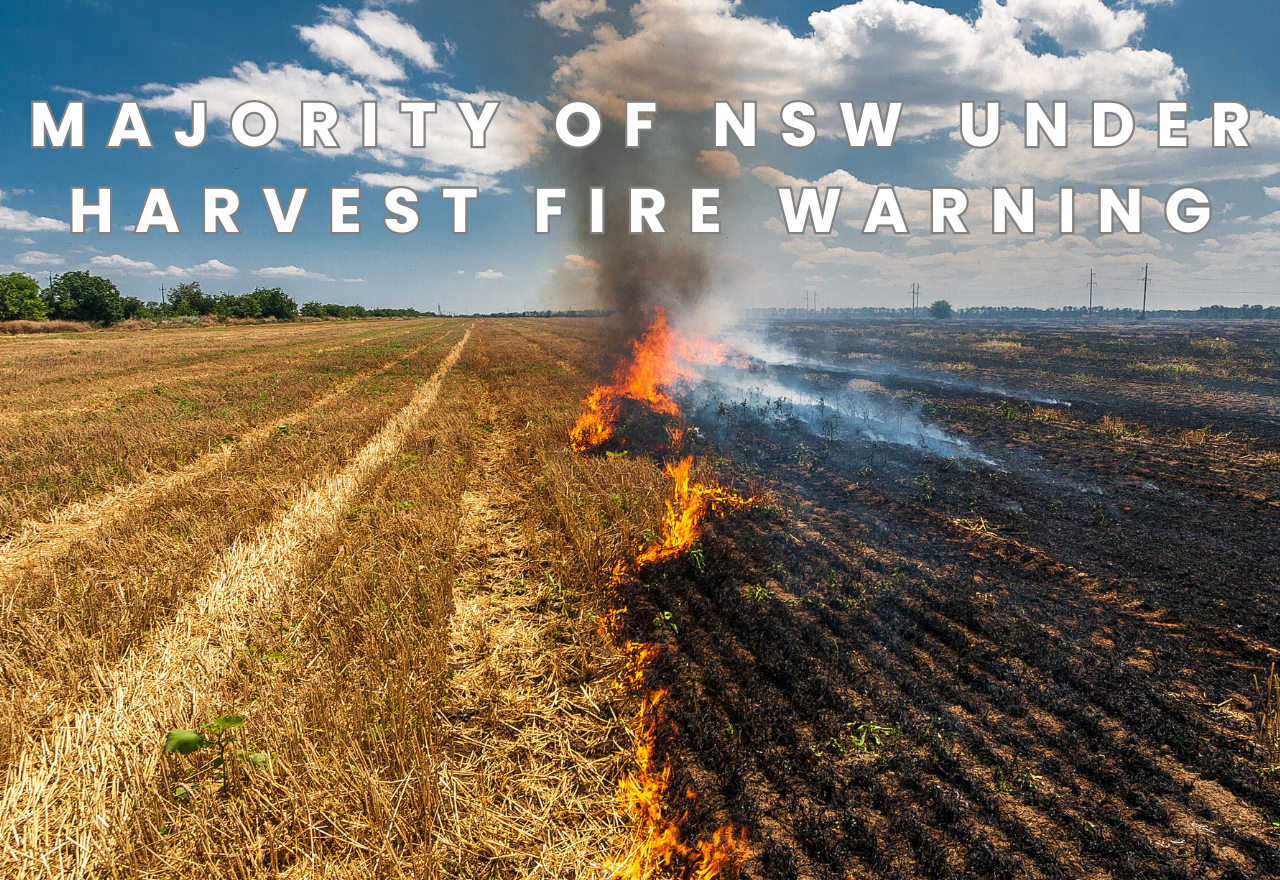
A good part of the state of NSW is under a total fire ban, with an extreme category rating. A major risk during this period is harvesting.
Did you know that in the 10 to 12 minutes it usually takes to get water onto it, a crop fire can grow to 80 metres by 100 metres. On a day with 35 kilometre per hour winds a crop fire can grow to 10 to 15 hectares within 30 minutes.
Staggering information. Here's another fact which might blow your mind: a fire starting in the header's engine bay can spread to the crop before it's noticed.
According to CFA Australia, harvester fires can start from a mechanical fault like faulty bearings, hydraulics or brakes.
But the vast majority of header fires start in the engine bay where dust and debris are blown by cooling fans, igniting on the hot exhaust manifold or turbo.
Do you have a plan or an idea in mind - at what point to pull the pin on harvest for the day, or if the ben is in place, for how many days?
It is really understandable, the quandary farmer would be put in; once the crop is ready it NEEDS to be harvested. But at what point does the harvest come in second place to safety, or loss of it all, and potentially your equipment to fire?
Fire safety should be a part of the harvest management plan.
Have a chat to everyone working on your property during harvest so they know the plan. What needs to be clear is everyone knows their responsibilities, where fire equipment is, how to react if there is a fire, who to call, and how to use UHF radio.\
Everyone needs to know what is expected of them.
- Plan where water carts will be positioned within the paddock. Many crop farmers have more than one. A water cart should be a dedicated resource.
- Maintain two-way communication between the harvest operator and people on the ground.
- Check all fire extinguishers are in place and are fully charged. Include dry powder extinguishers on all your vehicles and large water extinguishers on the header.
- You should create four-metre fuel breaks around the harvest area. This will help contain a fire should one start.
- During harvest you should not let the harvester get too far away from the water cart as you'll need to get water onto a fire quickly.
- Make sure everyone knows the expectations and requirements of maintaining and cleaning the harvesting equipment, and that it is being done.
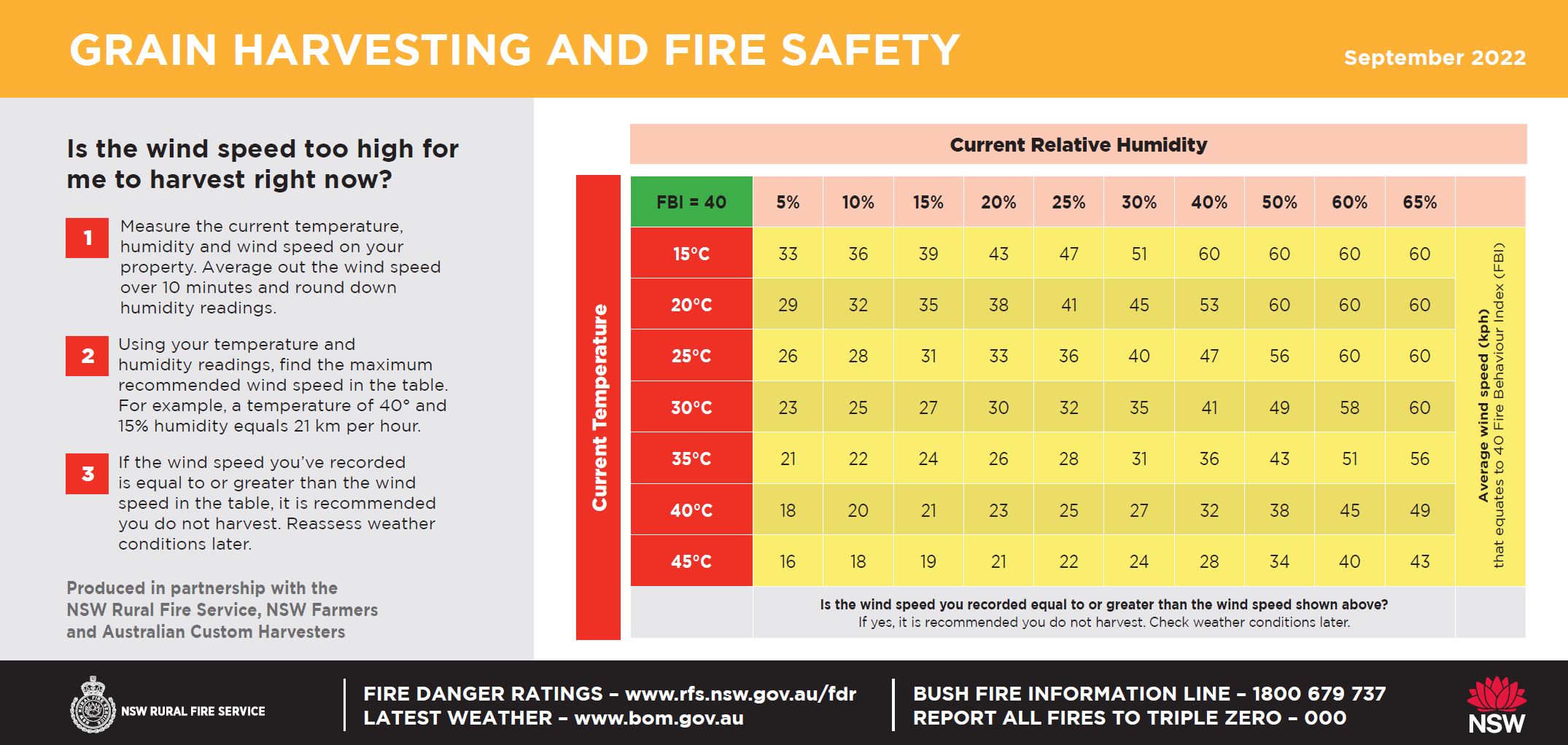
Image: Rural Fire Service.
Stay informed
Stay up to date during the bushfire danger period and when there is local bushfire activity:
Hazards Near Me appExternal link – download the app and set up a watch zone for your home and school
Live Traffic NSWExternal link
local radio, TV, newspaper and your local ABC/emergency broadcasterExternal link
In an emergency call Triple Zero (000).
NEWS
SPORT
RURAL
JOBS
VISIT HAY
VISIT BALRANALD




